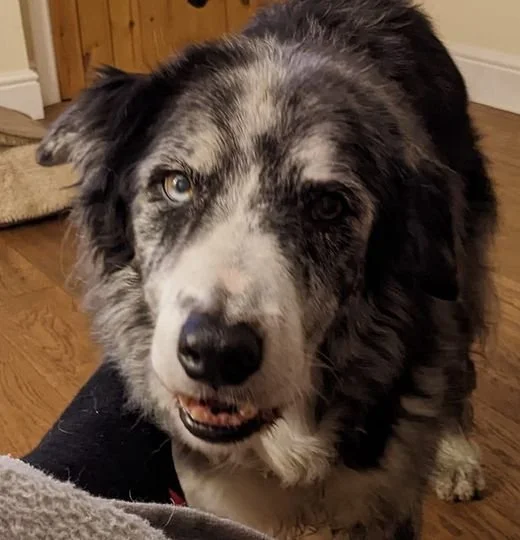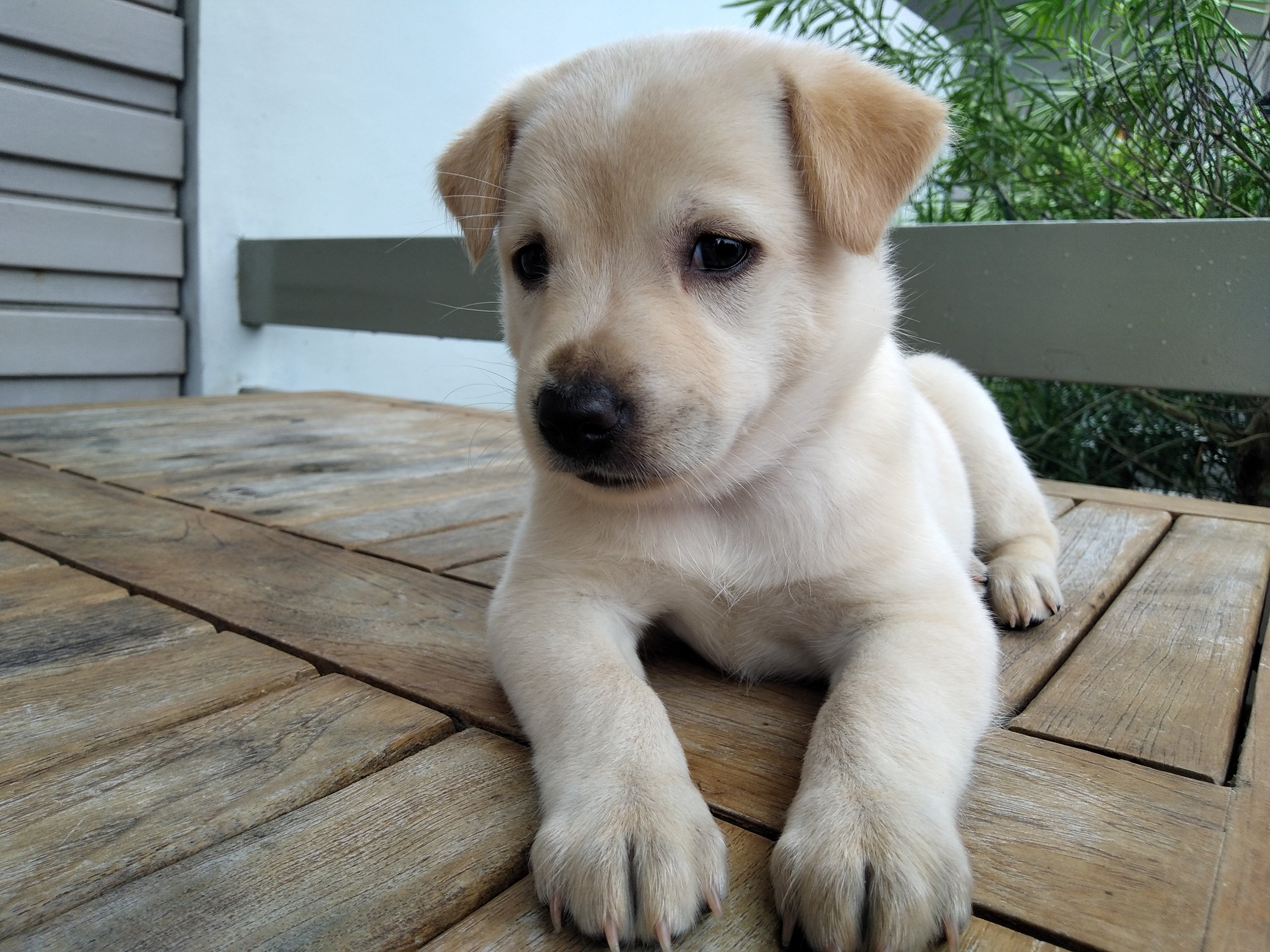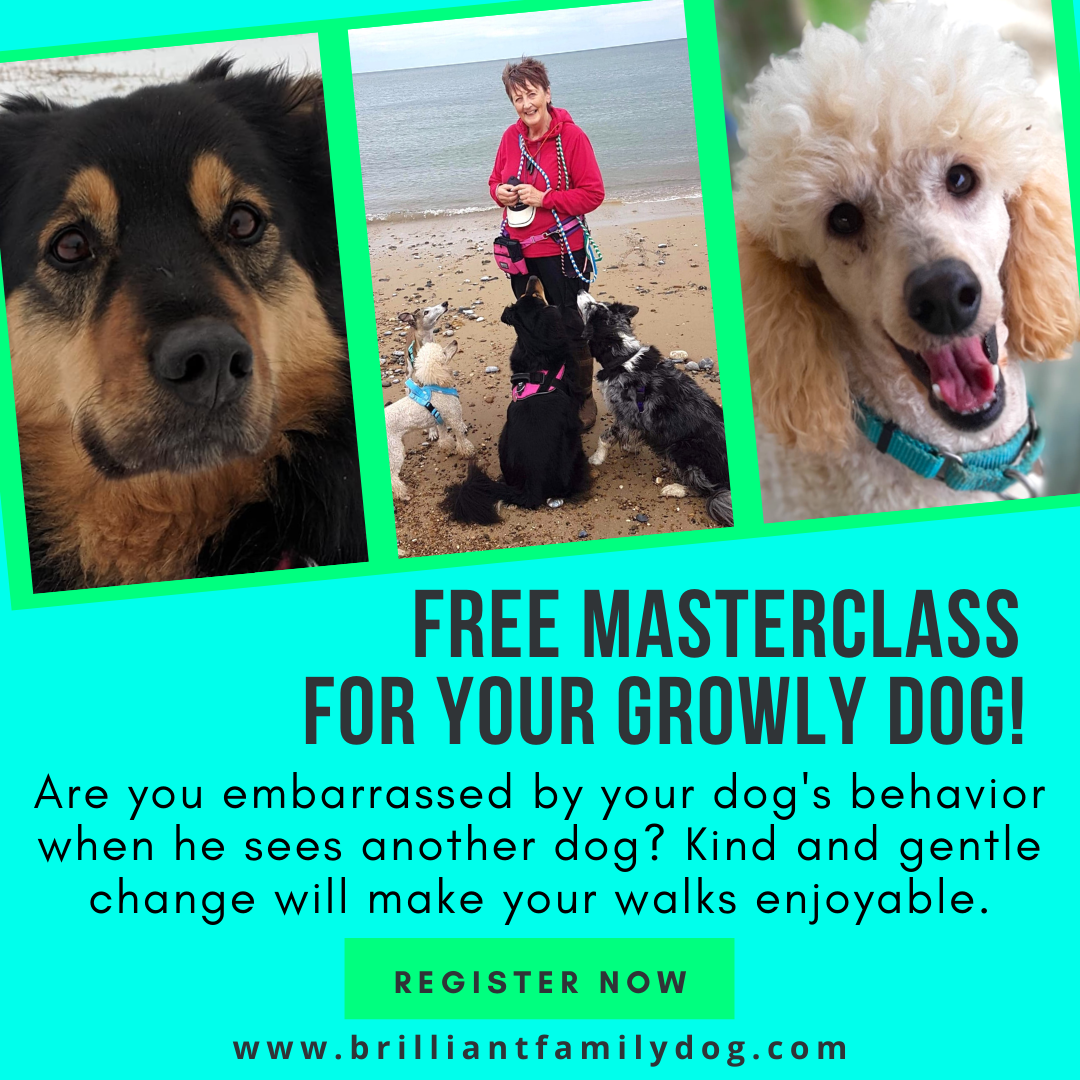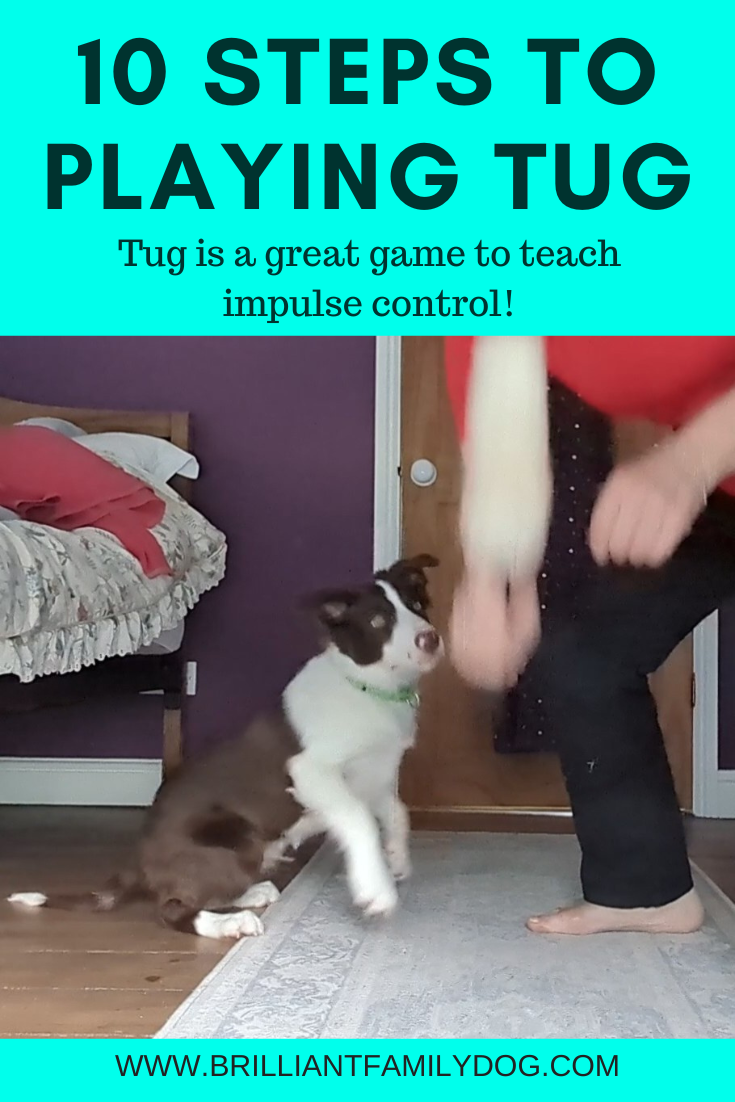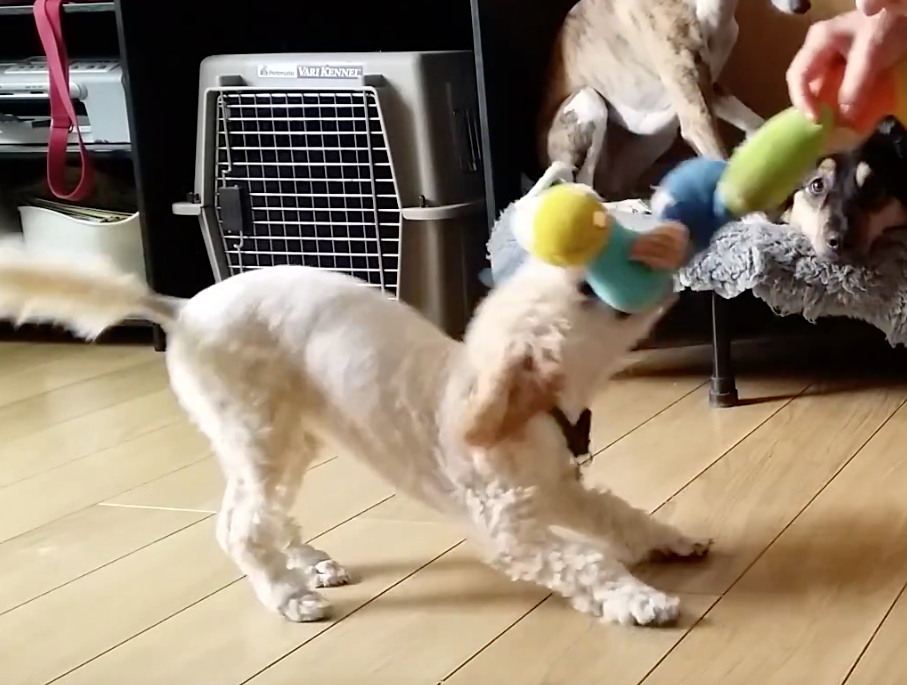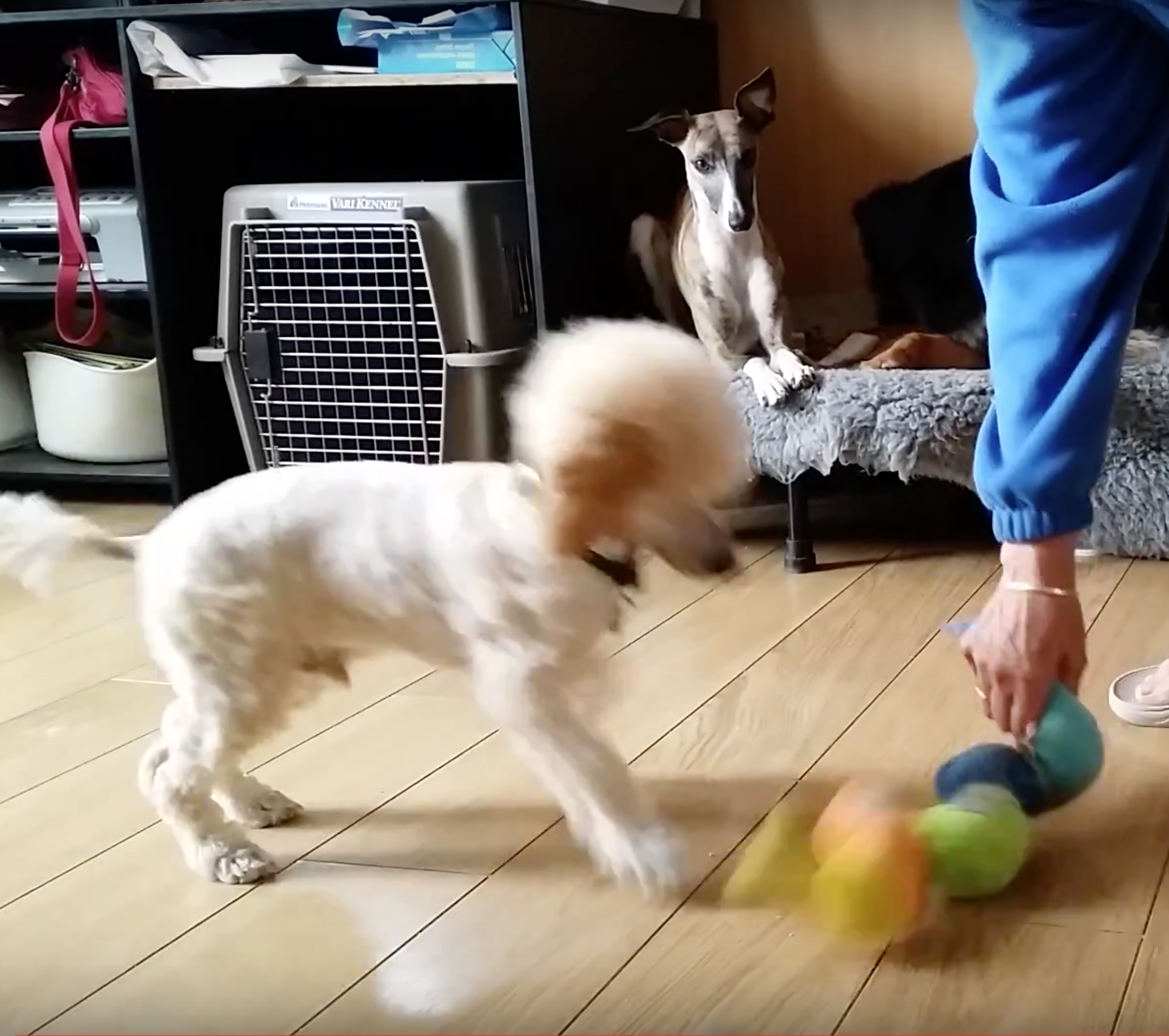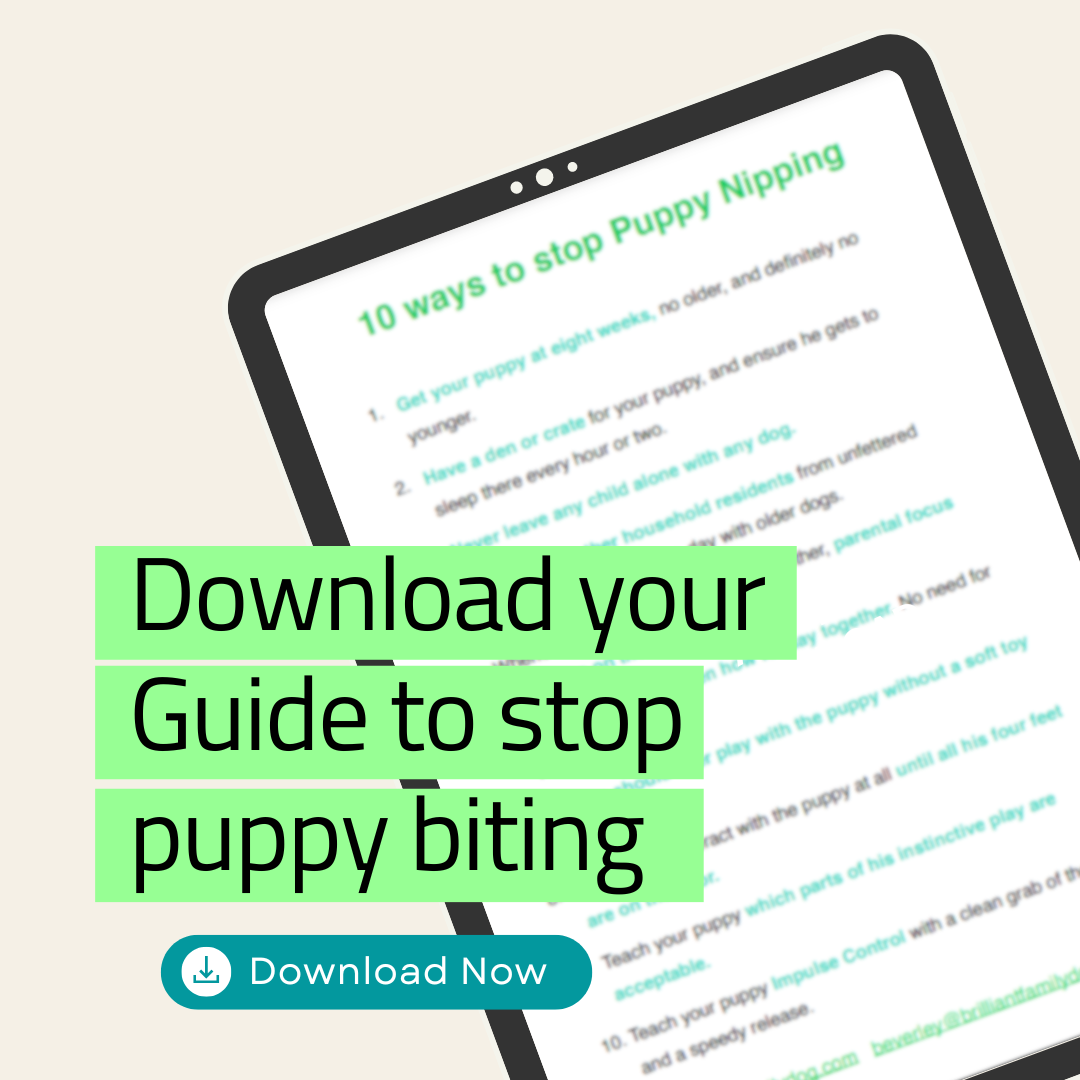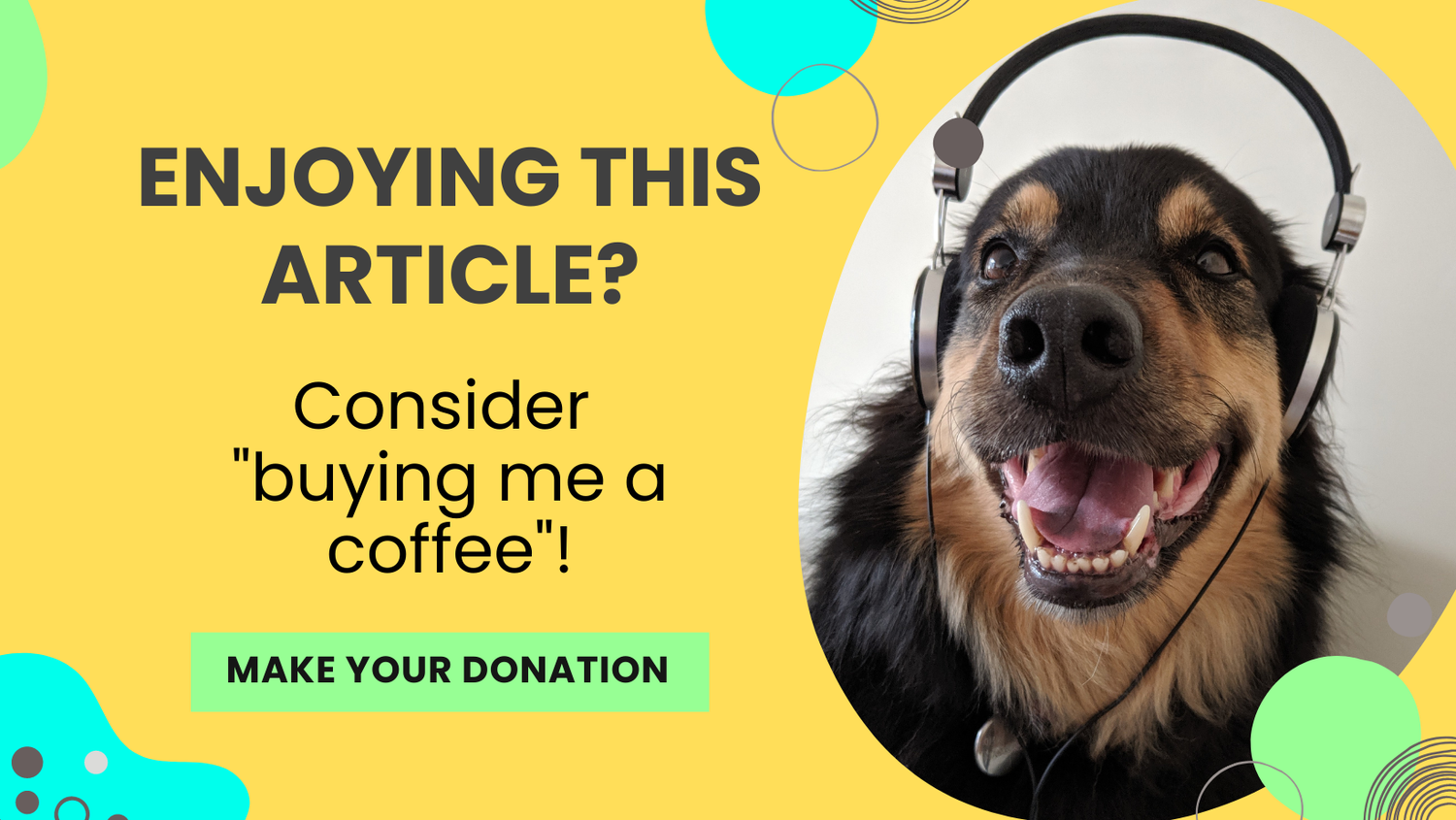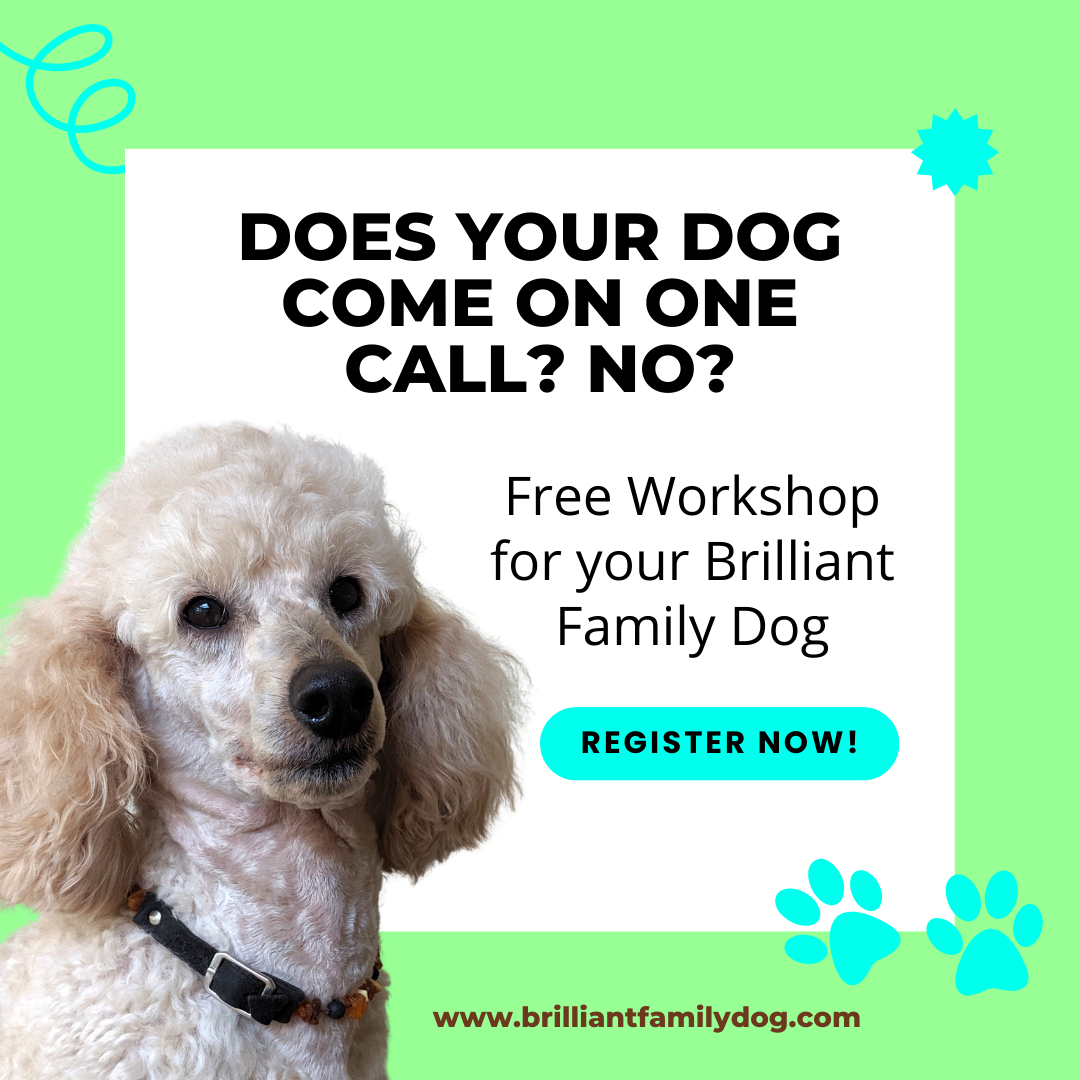Got a new puppy?
Exciting!
All your hopes for the perfect dog rest in this wide-eyed little ball of fluff!
And as soon as you get started with him, he fails.
But how on earth can an 8-week-old puppy be failing? 😱
He wees everywhere, he chews everything, he pulls on the lead, he keeps you awake and barks the house down when you leave …
This may all be true (HINT: it needn’t be! Your new puppy can be sleeping through the night from Day 1, never chew anything you don’t want him to, walk nicely on the lead, and be comfortable in your absence - start the Brilliant Family Dog program by watching this free Workshop)
So - maybe it’s true. But the reason you think your little puppy is failing, being difficult, challenging, awkward, time-consuming, and all the rest - is because you are comparing him with your previous dog!
Your old dog
Your old dog was perfect in every way.
Fitted your household like an old slipper.
Never chewed anything
Always asked if he needed to go out
Walked nicely beside you and never ran off
Slept like a log and greeted you happily when you came home.
And this too may be true.
But your old dog was 14 (or 12 or 17) when he died. He’d spent his whole life learning how to rub along with you.
And you’ve TOTALLY forgotten the anguish and trouble of his puppyhood!
You are seeing your lovely old pet through rose-tinted spectacles.
Of course he took time to housetrain!
Of course he chewed things (whether they were things you wanted him to chew or things he stole is entirely down to your supervision at the time)
Of course he hauled you about on the lead (until you taught him different)
Of course the baby cried when you left him, till he learnt to trust you.
This is a NEW puppy
This is a NEW puppy. A NEW person. Yes, he’s a dog, and he may even be the same breed as your previous dog, but he is an individual.
And he needs to be treated and loved as an individual.
Not continually compared with the paragon which was your last dog in his last years.
For me, this is the joy of having a new puppy! A new person to get to know - his fears, his foibles, his character - what he enjoys, what he loves.
Your old dog was wonderful and your new dog will be wonderful too.
Just cut him some slack and learn with him and here’s that free Workshop where you can begin your journey with your new puppy:

